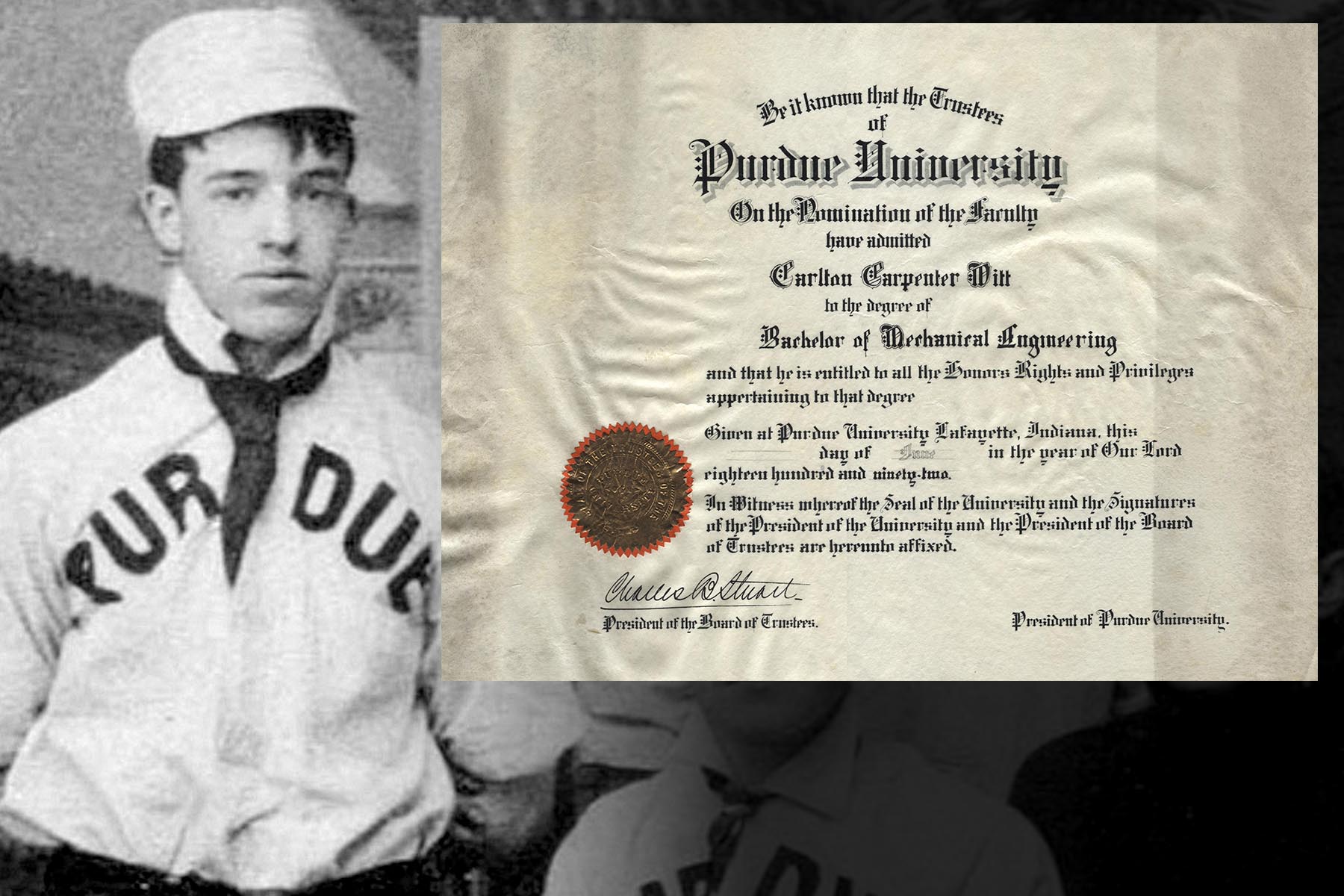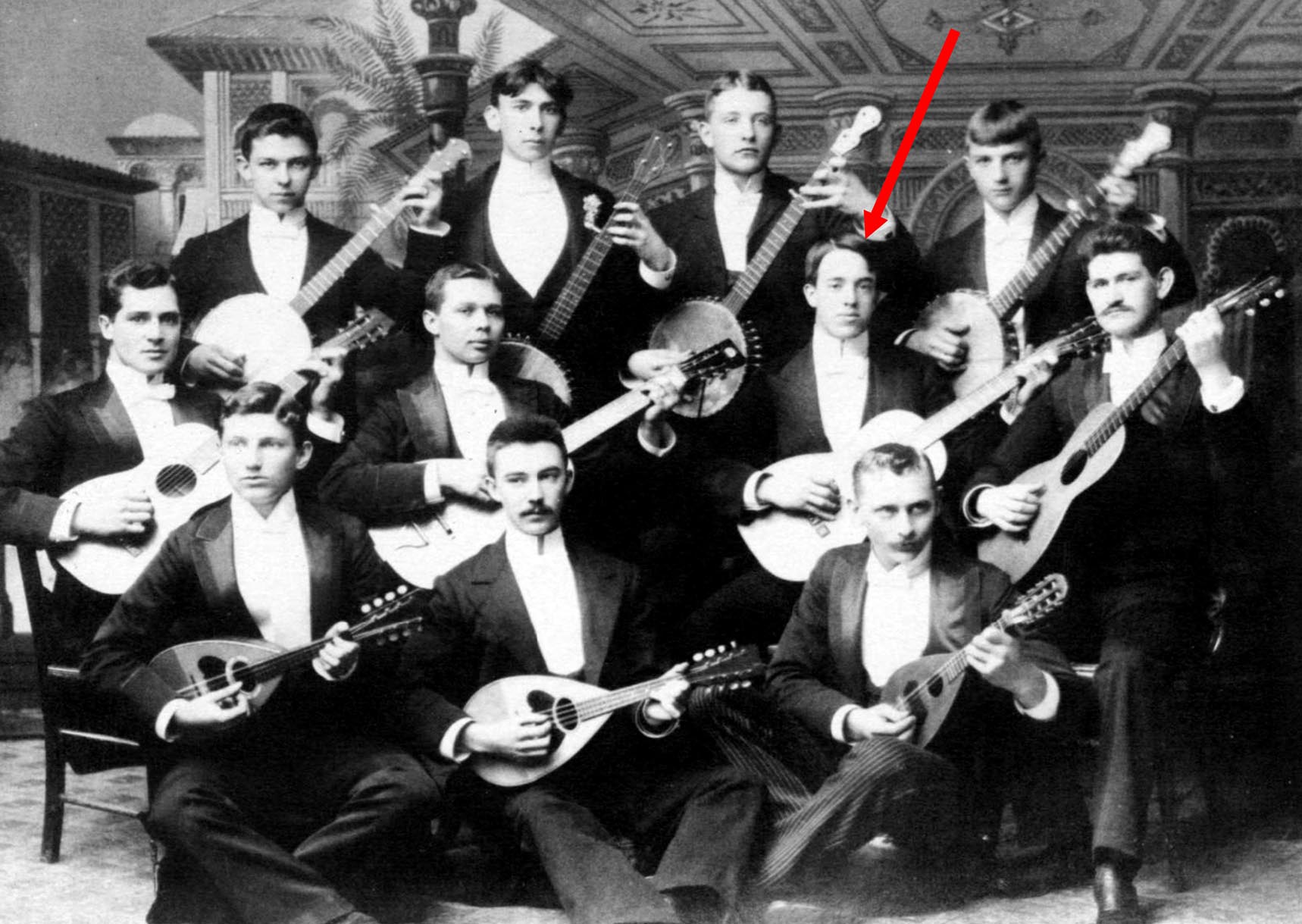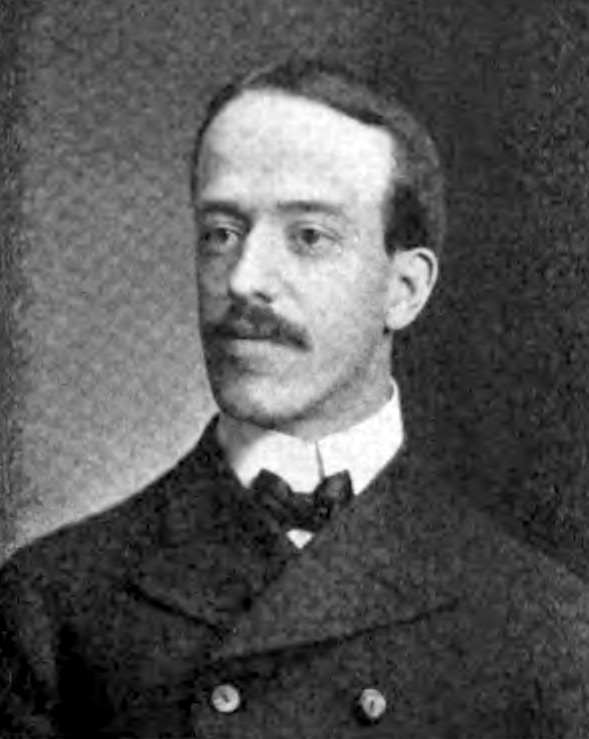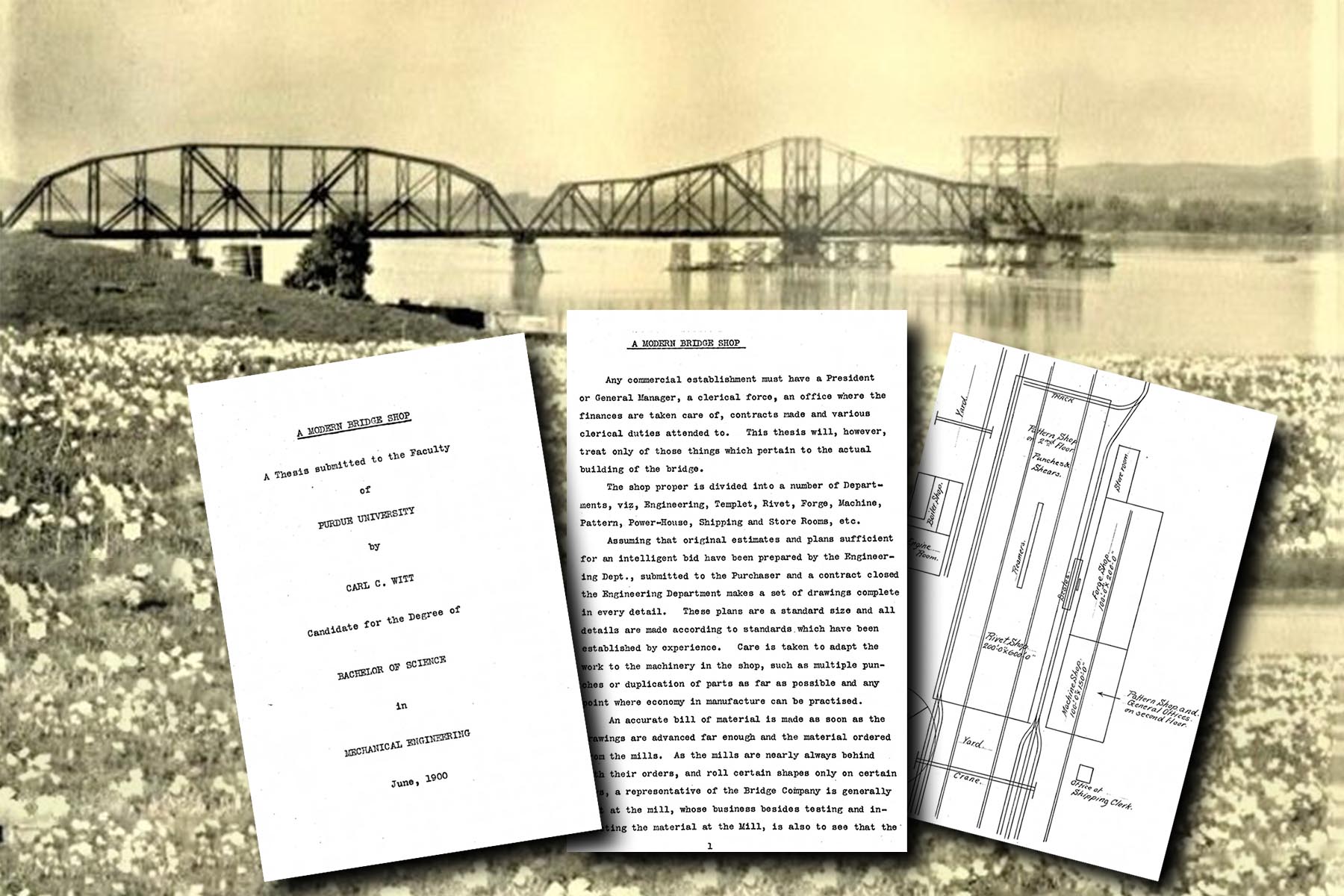Unfinished: The Mystery of the 130-Year-Old Diploma

The mystery began innocently enough, with a call from the Registrar’s Office. While cleaning out their storage units, they came across a rolled-up document labelled “1892 ME,” and asked if we wanted to have it.
Closer inspection of the text spawned some questions. The recipient and degree were clearly written: “Carlton Carpenter Witt, Bachelor of Mechanical Engineering.” As was the date: “in the year of Our Lord, eighteen hundred and ninety-two.” But the day had been left blank, and the month of “June” merely penciled in without being finished. Also, the President of Purdue University at that time, James H. Smart, had not signed it.
So who was Carlton Carpenter Witt? Records show that a student with that name did indeed attend Purdue University from 1888 to 1892. However, alumni directories cite him as receiving his Bachelor of Science in Mechanical Engineering in 1900. So now we had two mysteries: an unfinished diploma, and an eight-year discrepancy.
These two mysteries led us into a fascinating investigation of pre-modern Facebook, agricultural graffiti, 19th-century guitar groups, swinging railroad bridges in South Dakota, and finally – ultimately – what a diploma is actually worth.
“Superior in Appearance”
Carlton Carpenter Witt was born December 15, 1870, in Indianapolis. His father, Bennett Fryar Witt, had worked in his father’s foundry and machine shop early in his life, before later becoming a lawyer and an insurance agent. Carlton was the youngest of the family, with three older sisters.
We know about Carl’s antics in high school, because of the 19th century version of Facebook! Newspapers used to publish “society pages,” highlighting all the social comings-and-goings of people in the local community. Whereas today’s young people volunteer their daily whereabouts and impulsive thoughts on social networking platforms, these “society pages” actually assigned journalists to the task. For example, this particular 1887 report from the Indianapolis Journal highlights a Christmas party Carl had hosted at his sister Elva’s house: “Carl Witt entertained his friends Messrs. Herman Ritter, Ol Hereth, Ches Wilson, Fred Swan, and Misses Katie Shepherd, Etta Wood, Blanche Thompson, and Katie Cooper. The gentlemen comprise the ‘Graceful Quartet Club of Central Avenue,’ and they furnished some delightful music.” (It’s likely he and his ‘graceful quartet’ buddies hosted the ladies at his sister’s house to avoid the prying eyes of his parents!)

By 1888, Carl had decided to follow in his father’s footsteps, pursuing an education in engineering and the technical arts. Like all big life changes, this decision was reported by the local newspaper in Indianapolis. Some of his classmates decided to attend “the State University” (now IU-Bloomington); others enrolled at “Rose Polytechnic Institute” (now Rose-Hulman in Terre Haute, only founded five years previously). But Carl and two of his friends would take the train up to Chauncey (now West Lafayette) to enroll in Purdue University.
The Class of ’92 featured 92 students, and we have the first ever publication of Purdue’s Debris yearbook to thank for this eloquent description of Carl’s freshmen cohort: “In size it exceeds any that has ever entered the college, and it is as much superior in appearance as in size.” Among the chief accomplishments of these “Preps” was painting a giant graffiti “ ’92 ” on the roof of the newly-constructed Agriculture building. Like today, freshmen often felt the need to make their mark!
Carl made a smooth transition to college life. He joined the Dancing Club; read poetry as part of the Carlyle Literary Society; and played guitar in an ensemble of mandolins and banjos. He was part of the Purdue Scientific Society, which gave monthly programs and a year-end “microscopical soiree.” He also played in the drum corps of Purdue’s first ever ROTC. The Debris describes their first ever call-to-arms in September 1888 as presenting an “extremely dilapidated appearance,” but soon the Infantry and Artillery groups numbered more than 90 well-drilled young men, under the direction of First Lieutenant Abner Pickering (who would stay at Purdue until 1892, when the Debris mentions he had “gone west to fight Indians.”)
Carl also played on several Purdue athletic teams. By all accounts he was a solid left-fielder for the Purdue baseball team, which faced off against Wabash, Butler, DePauw, Bloomington, and Hanover. However, the Debris made clear in 1890 that the baseballers envied the popularity of the “burly boiler makers” of the football team: “By liberal cash subscriptions and attendance at all games, the students have made ‘the eleven’ a success, and the same backing must be given ‘the nine.’”
Society Pages
It’s one thing to look at lists of names in a yearbook. But what was day-to-day life really like for a Purdue student in the 1890s? For that, we turn to the Exponent: Purdue’s student newspaper for 130 years, which (thanks to the efforts of Purdue Libraries) is now digitally archived and searchable. In those aforementioned “society pages,” student journalists did not hold back on what their fellow students and professors were up to. What were the “status updates” that came across the social feeds of 1890s Exponent readers? Here’s a small sampling:
- “Mr. Cottingham explains lateness at chapel, in that he does not like to hear the choir sing.”
- “It is reported that a certain Freshman visited a lady friend to study geometry, and both went to sleep over the book.”
- “After the Wabash-Purdue football game, a party of Crawfordsville girls was heard to remark, ‘Why, the idea of sending those great big men to play against our boys.’”
- “Mr. Yost now wears his hair pompadour.”
- “Miss Mary Doan has taken up literature in place of chemistry this term.”
- “J. W. Noel visited the south end of the Dormitory the other evening. When about to descend from the fourth floor, he discovered that the boys were ‘lined up’ and loaded with water pitchers and buckets. Not desiring to get wet, he descended from fourth to second by means of a rope let out the window.”
- “The numerous flirtations carried on in the Library this year are quite amusing to spectators. Many things which might be said are best unsaid, so mum’s the word.”
- “Dr. Test should know that when he enters a room and finds four hands of cards dealt out, that there is someone hid in the bedroom.”
- “During the one week of skating that the winter has given, skating parties were all the rage. Much fun was had, notwithstanding many sudden baths.”
- “Burks says that when he asked a girl to go to the Sophomore picnic, he found that she had been engaged since last September. The early bird gets the worm!”
- “Barclay went to see Kate Castleton at the Opera House, and became so wrapped up in her that he forgot to take his hat home with him. Fact!”
And how about this last one:
- “Purdue has taken one step backward. All the best colleges are abolishing examinations, yet Purdue will not only cling to the old-time examinations, but also will inaugurate some new ones!”
The more things change, the more they stay the same!
Unfinished Mystery
If COVID taught us anything, it’s that your health – even in the 21st century – is not to be taken for granted. So imagine living your life before the advent of modern medicine, when literally any illness could deal a serious blow. Carl had watched four of his young siblings die early in their childhood, and certainly Carl himself was not immune from health struggles, as this update from the 1890 Exponent says: “Carl Witt became quite ill with scarlet fever some weeks ago, but is now better.”

Illness also affected the trajectory of Carl’s senior year in another way, according to this update from April 27, 1892: “Carl Witt was called home on account of the serious illness of his father.” Carl’s father, Bennett, died just six days later.
It’s here where our mystery begins. Carl clearly attempted to carry on with his senior year; a May 18 Exponent update briefly says: “C.C. Witt has returned to College,” and mentions him undertaking “a series of systematic tests for the purpose of determining the efficiency of the Otto gas engine.” A diploma was prepared with his name, indicating that he had intended to graduate with his classmates. Yet it was never rewarded, and his name was not listed in the 1892 Commencement program.
Why? Well, we know that Carl had already taken a job in Chicago, as a draftsman with the Chicago Edison Company. He did stay in touch with his college friends, and even attended a Purdue football game that November (in which, after going up 24-0 in the first half against Michigan, the Exponent objectively reported that “Ann Arbor was too weak in her ankles for Purdue.”)
In fact, Carl hopped around quite a bit in his early career. He served as a draftsman for the Crane Elevator Company; the Webster Manufacturing Company; and the Link-Belt Engineering company, all in Chicago. He also travelled to Louisiana, Arkansas, and Missouri as an appraiser for lumber companies building sawmills. He returned to Chicago in 1897 and served as a draftsman for consulting engineer George S. Morrison; as a designer and inspector for the Lassig Bridge & Iron Works; and a bridge designer for the Chicago & North Western Railway.
It’s at this point, in 1900, that something interesting happened. After eight years away from campus, Carl decided to finish his Purdue degree.
We know this, because you can read his thesis: “A Modern Bridge Shop: a thesis submitted to the faculty of Purdue University by Carl C. Witt, candidate for the degree of Bachelor of Science in Mechanical Engineering, June, 1900.” Utilizing his professional experience with bridge-building firms, he offered a straightforward explanation of how to set up a proper bridge-building machine shop: what machinery and materials to buy, where it should be placed, how departments should be managed, and how logistics should be handled. It even includes a diagram of how the building should be arranged, in respect to railroad tracks, cranes, shop spaces, and offices.

Obviously Purdue accepted his thesis, because Carl’s name appears in Purdue’s Commencement program in June 1900. All subsequent Purdue alumni directories (including our modern computer databases) cite Carlton Carpenter Witt as “BSME 1900” and not 1892.
But the specific whys and wherefores? We can only speculate. Perhaps in 1892, Carl was distraught at his father’s passing, and couldn’t finish his final month of classes. Perhaps his family was suffering financially, forcing him to leave Purdue early and go to work in Chicago. Perhaps his career had stalled by 1900, and he felt that attaining his diploma (the second one!) would take him to the next step.
In any case, proper college graduate Carlton Carpenter Witt did indeed have continued success in his career. As an assistant engineer for the Chicago & North Western Railway, he helped to design a unique swinging railroad bridge in Pierre, South Dakota (which still stands today). He was then appointed chief engineer of the South Dakota Board of Railroad Commissioners. He moved to Kansas and served their Public Utilities Commission, and then eventually gained a position as District Engineer for the Interstate Commerce Commission (ICC) western offices in Kansas City. Finally, he was promoted to Assistant Supervisor of Engineers in the ICC’s Division of Valuation, based in Washington, DC. It was there that Carlton Carpenter Witt passed away, on December 17, 1930, at age 60.
The Measure of a Man
In exploring Carl’s story, we have one final question to answer: what legacy survives from the life of Carlton Carpenter Witt?

The first considerations are practical. We have this mint-condition 1892 diploma, never awarded. It should go to his family, right? Carl married Rosabel Snyder in Chicago, three years after leaving Purdue. They had two kids, Bennett and Gladys. Bennett fought in World War I, and died in 1956 in California. Gladys worked as a teacher, and married a Canadian named Albert Gilbert; she eventually died in 1987 in Flint, Michigan. Neither couple had kids of their own. And none of Carl’s sisters had children either. So unfortunately, there are no descendants of the Witt family living today.
What about his work? As a railroad bridge builder in the Midwest, much of his handiwork likely still exists today. Most prominently, the Pierre Railroad Bridge, the oldest railroad bridge in South Dakota, still operates (though it no longer swings). Carl was an assistant engineer on the project, so it’s a fitting testimony that something he helped to design continues steadfastly, more than 100 years later.
What about at Purdue? Obviously we have many archives and records that document his time as a student, and other publications that followed his work as an alumnus. But does his name resonate in the hallways? Is it etched into stone monuments, or embossed on important bronze plaques? Or is this unfinished diploma all that remains of Carlton Carpenter Witt?
Like Carl, every student here at Purdue is an unfinished story. Some may go on to lead companies, create new innovations, or travel around the world. Some may start families, or become pillars of their communities. Their time here at Purdue is merely a jumping off point: the first few chapters of an amazing tale yet to be fully told.
Your life is more than a piece of paper. It’s a tapestry of relationships – people you’ve influenced, and people who have influenced you. It’s great collective triumphs and small personal victories, both equally memorable and important. It’s achieving your goals, and then setting new goals beyond that. It’s small steps, and giant leaps.
And here’s the amazing part. Even the missteps contribute to your story in positive ways. Carl didn’t finish his senior year, which likely caused great disappointment for him and his family. Calligraphers got halfway through inking his diploma before finding out he wasn’t going to walk the stage, and then unceremoniously shoved the unfinished calfskin into a cardboard box. Without that apparent failure, we never would have learned of all Carl's successes, 130 years later.
With that in mind, we celebrate Carlton Carpenter Witt – not because of a calfskin diploma, but because of everything that diploma represents. He jumped into Purdue with both feet in 1888, participating in every possible experience he could fit in four years. He leveraged his Purdue experience to start his career, and eight years later, leveraged that career to finish his Purdue degree. He’s a Boilermaker through-and-through: a timeless example of perseverance who will inspire us all for generations to come. Hail Purdue!
Writer: Jared Pike, jaredpike@purdue.edu, 765-496-0374
